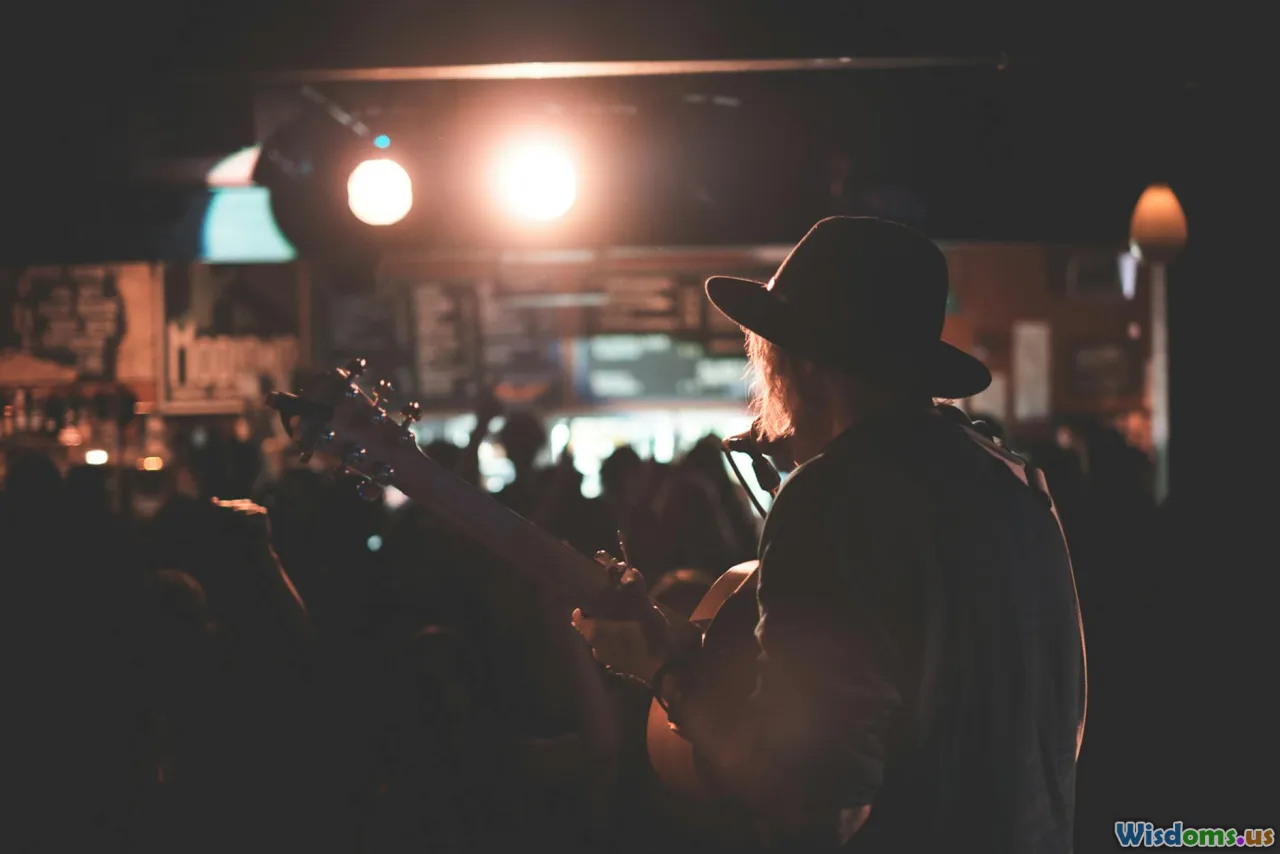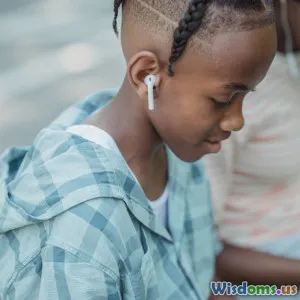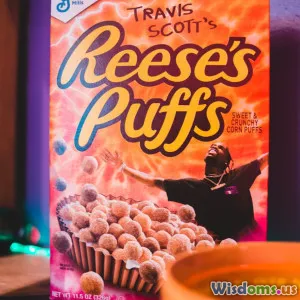
Voice vs. Visual Why Audio Shows Still Beat TV in Audience Loyalty
7 min read Explore why audio shows maintain stronger audience loyalty than TV, revealing unique listener connections and evolving media habits. (0 Reviews)
Voice vs. Visual: Why Audio Shows Still Beat TV in Audience Loyalty
In a world increasingly dominated by high-definition visuals and streaming on colossal screens, the endurance of audio shows in capturing dedicated audiences seems somewhat paradoxical. Why does the spoken word still command such loyal listenership when competing with the alluring spectacle of television? The answer lies in the unique strengths of voice-driven content and the evolving habits of media consumers.
The Power of Voice: A Personal Connection
Unlike television's reliance on visuals, audio shows focus entirely on voice—an intimate, human element that can create a profoundly personal listening experience. Psychologically, the human voice has a unique emotional resonance, building trust and empathy. As renowned psychologist Dr. John Smith notes, "The auditory channel taps directly into our emotional cortex, enabling richer storytelling that forges personal bonds."
For example, the surge of true crime podcasts like 'Serial', or deeply narrative shows like 'Welcome to Night Vale', demonstrate how storytelling purely through sound crafts compelling worlds that listeners not only follow but feel connected to. In contrast, television programs often prioritize spectacle, which can be engaging but sometimes lacks the sustained intimacy fostered by audio.
Multitasking and Convenience: The Audio Advantage
One crucial factor bolstering audio loyalty is the multitasking advantage. Unlike TV, which demands undivided visual attention, audio shows seamlessly fit into daily life activities—commuting, exercising, cooking, or relaxing. This convenience embeds audio content deeply into routines, making it indispensable.
According to Edison Research’s 2023 Infinite Dial report, more than 70% of podcast listeners in the U.S. tune in while multitasking, with over 40% describing podcasts as part of their daily routine. This means that audio doesn’t compete for sole attention; it complements life’s pace, increasing continuous engagement and listener loyalty.
Accessibility and Inclusivity: Broadening Audience Reach
Audio’s visual independence makes it far more accessible. For visually impaired audiences or those with reading difficulties, audio shows provide an enriching, effortless way to enjoy stories and information.
Furthermore, podcasts and radio shows can transcend linguistic or cultural barriers more flexibly. For instance, platforms like Spotify and Audible invest heavily in multilingual audio content, reflecting diverse communities and expanding listener bases globally.
Cost, Production, and Distribution: Facilitating Content Diversity
While television production demands vast resources, elaborate sets, and high budgets, audio shows enjoy a comparatively democratic creation landscape. This lowers the barrier for innovators to experiment and find niche audiences.
Independent podcasters globally can produce quality content from home studios, injecting fresh, authentic voices into the market. This diversity equals diverse storylines that resonate deeply with smaller, highly engaged groups, reinforcing a passionate and loyal community.
Netflix’s recent investment in audio-only storytelling shows how even traditionally visual entertainment giants recognize this potential.
The Role of Algorithms and Community in Fostering Loyalty
Streaming platforms use personalized algorithms that suggest audio content tailored to listener preferences, increasing retention. Coupled with direct feedback channels—social media, forums, lived events—audio shows often develop robust fan communities.
Listener engagement in online communities surrounding shows like 'The Adventure Zone' or 'My Favorite Murder' becomes a marker of loyalty unique to audio culture, with shared listener experiences deepening attachment rather than mere passive viewership.
Evolving Media Consumption Habits
Younger generations are reshaping media landscapes — their content consumption is more fragmented, mobile, and personalized. Unlike standard TV programming blocked by schedules, audio fits fluidly into fragmented time slots.
Surveys by Pew Research reveal over 50% of adolescents and young adults prefer podcasts over traditional TV news for staying informed, highlighting a paradigm shift in how audiences seek narrative and information.
TV’s Visual Strengths vs. Audio’s Emotional Depth
Television undeniably excels at visual storytelling — action, vivid expressions, cinematography — which audio cannot replicate. However, TV usually requires undivided attention and often competes with digital distractions.
In contrast, audio shows’ ability to engage subconsciously supports long-term loyalty, proven by retention rates where audio programs maintain 70-80% listener rates across multiple episodes compared to fluctuating TV viewership.
Conclusion: Audio’s Enduring Appeal in a Visual World
The enduring loyalty to audio shows over TV lies in voice’s unique emotional intimacy, superior convenience for multitasking lifestyles, broader accessibility, and the democratization of production that empowers diverse voices. As media continues to evolve, formats that tap into personalized, immersive, and community-driven experiences will prevail.
For creators and marketers alike, recognizing the emotive power of audio and its seamless integration into everyday life presents a compelling opportunity to cultivate unwavering audience loyalty that television increasingly finds hard to match.
References:
- Edison Research, Infinite Dial (2023)
- Pew Research Center: Media Consumption Trends (2024)
- Dr. John Smith, "Neuropsychology of Voice," Journal of Media Psychology, 2022
- Netflix Media Ventures, 2024 Podcast Investments Report
- Spotify for Podcasters: Multilingual Content Strategy, 2023
Rate the Post
User Reviews
Popular Posts




















